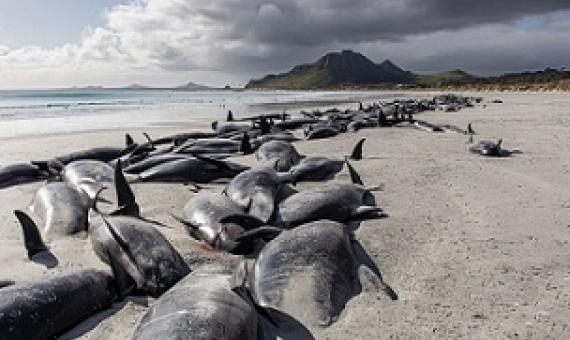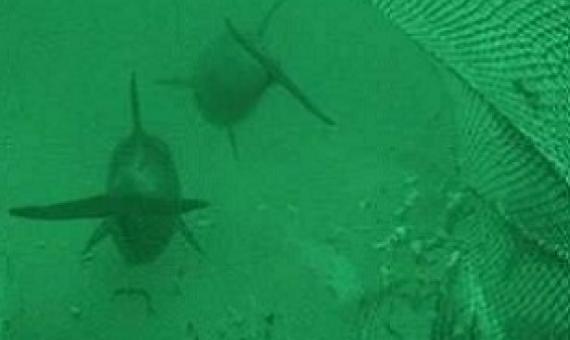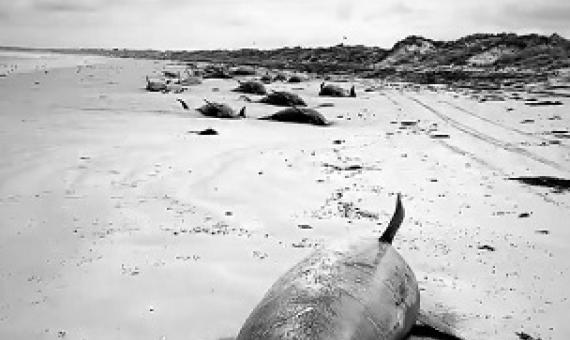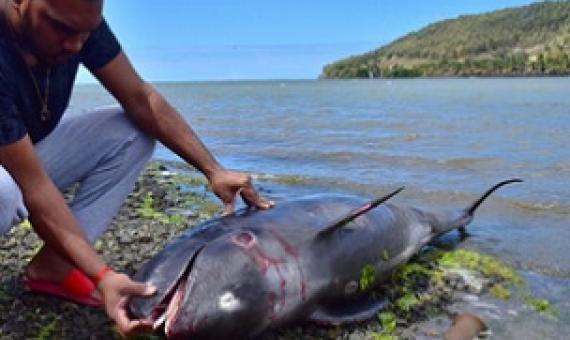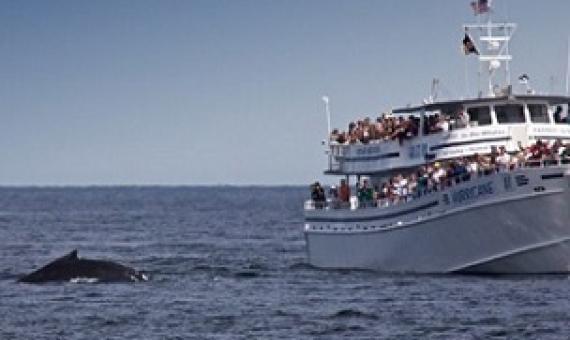BEST AVAILABLE TECHNOLOGY (BAT) AND BEST ENVIRONMENTAL PRACTICE (BEP) FOR MITIGATING THREE NOISE SOURCES: SHIPPING, SEISMIC AIRGUN SURVEYS, AND PILE DRIVING
At least 150 marine species have shown impacts from ocean noise pollution, but it has been difficult to specify the exact scenarios where ecosystem and population consequences from underwater noise will occur. Therefore, managing this threat requires a precautionary approach.
